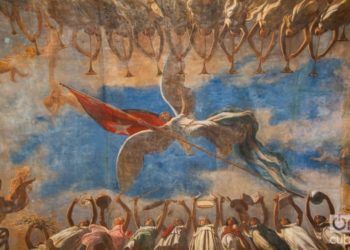The real cradle of the daiquiri
It is usually thought that the coveted daiquiri, one of Cuba’s emblematic cocktails, was born at El Floridita, Havana’s most famous bar. Its paternity has been attributed, indistinctively, to the well-known bartender Maragato (Emilio González) or to his famous heir Constante (Constantino Ribalaigua). But the truth is as different as distant. Its origin is located 1,000 kilometers from the Cuban capital, in the eastern region of the island. And although an exact date does not exist, its birth occurred during the post-Independence War stage, in 1899 or 1900. Daiquiri is the name of a beach located more than 30 kilometers east of Santiago de Cuba. The U.S. Army landed through this place in 1898 to interfere in the war between the Cuban independence fighters and the Spanish troops. In addition, since the decade before, U.S. corporations were exploiting the iron mines close to the surface next to the riverside. Jennings S. Cox, general manager of the Spanish-American Iron Company was one of the U.S. engineers in that colony, in the late 19th century. At that time, U.S. soldiers, merchants and tourists were regulars in the bars of the island, and Cox was among the devotees of drinks. Moreover, as...
























